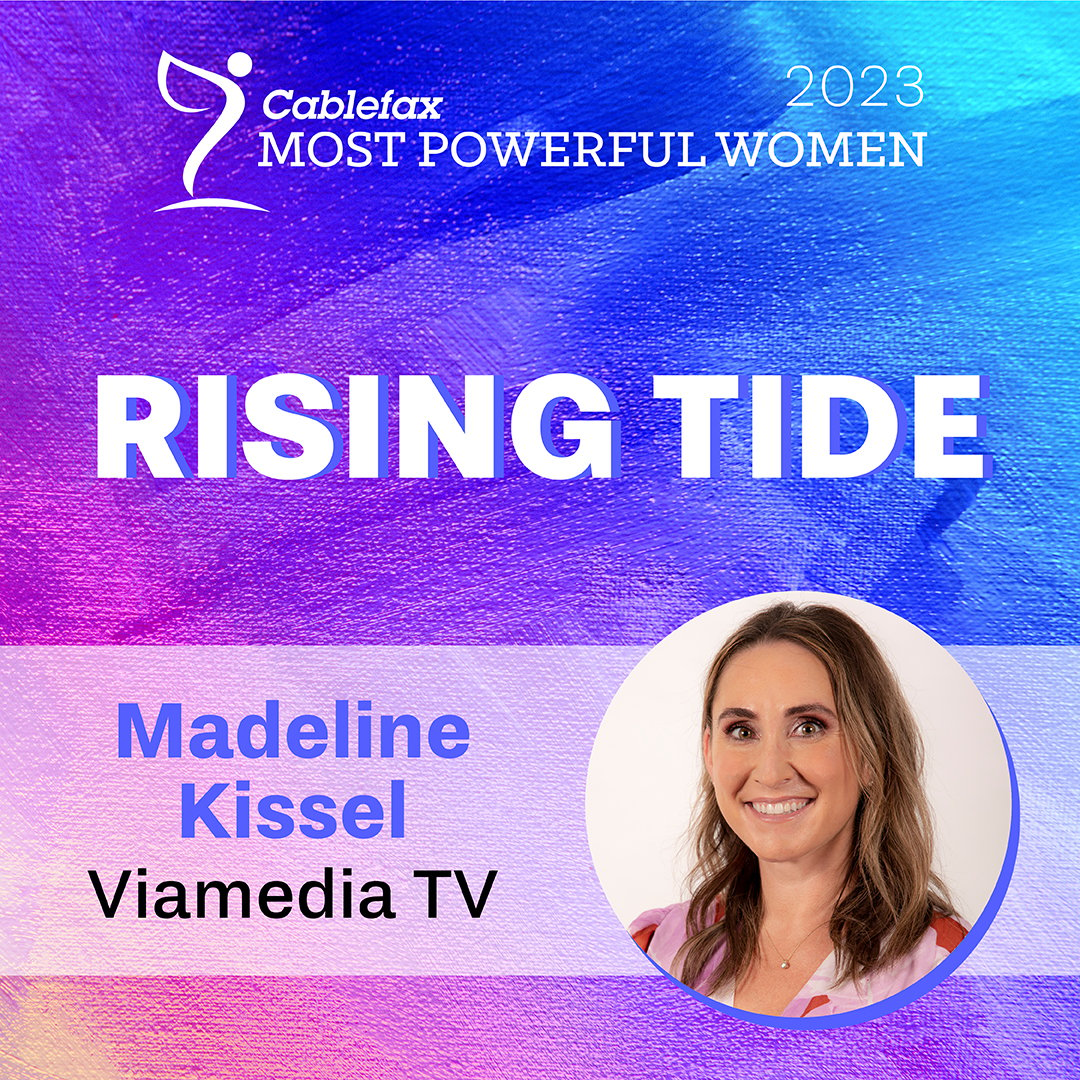For our latest blog, we’re taking a bite into “cookies,” which have been much-discussed and even hotly debated – and not just in the culinary sense.
Originally Published at MediaVillage
We’ve been talking about cookies with our clients for years of course -- but maybe, at this arguably profound transition period for digital advertising, we figured now might be a good time to take a step back and review the fundamentals -- where we are today, and what got us here.
The topic will remain relevant for months, if not years, and viewpoints – including our own – are unfolding as new frameworks, options and environments evolve and take shape.
So, for this month’s blog, we’ll merely reflect on the basics – the role cookies have played and what has transpired so far in the transition away from cookies. Much of this will be “old news” to many readers, but we beg your indulgence as we set the table for a more current and forward-looking discussion of this complex topic in subsequent blogs.
Next month, for example, for our second blog on the topic, we’ll explore the impact of the current and anticipated privacy regulations and updates on ad tech as an industry.
And then, for our third and final blog entry on cookies, we’ll address what this all means for our client base – SMBs as well as small and mid-size MVPDs whose orientation has been in the more traditional – and to some, quaint – metrics of linear TV, such as panel-based audience-ratings measurement.
But first, how did we get to this place?
The cookie jar is stocked thanks to pixels -- tiny units of code -- on web pages. These pixels leave site-retargeting “cookies” in the user's browser. When that user moves on to visit certain other websites that happen to reside within that origin website’s retargeting network (the Google Display Network, not surprisingly, has been a common aggregator), that user can be served a targeted ad that reflects the user’s browsing history. If you recently searched online for nearby shoe stores, you may subsequently have seen a shoe ad on your screen when visiting a website that has nothing to do with footwear.
Coincidentally, the cookie is celebrating its 30th birthday this year. In 1994, Netscape Communications (remember them?) introduced the first Hypertext Transfer Protocol (HTTP) “cookie,” enabling websites to remember a user's login info and site-visit preferences. Within a decade, cookies had become an essential digital advertising tool, ushering in an era of personalized ad-serving to which we’ve all now become accustomed. They became seemingly indispensable not only for targeting ads but in tracking and measuring the success of campaigns.
In our January blog, we cited 19th-century Philadelphia retailer John Wanamaker, credited with the immortal comment, “Half the money I spend on advertising is wasted; the trouble is I don't know which half.” In that blog, we discussed the newest tools enabling targeting and personalization in linear TV advertising – meshing the best of both worlds, if you will, with the power and reach of TV with the efficiency of digital technology.
And since our clients look to us to help them answer “which half?” we’re tasked with helping them determine their digital marketing strategies in a post-cookie world.
We touched on how a cookie operates. It’s worth noting just how effectively it can operate. It can store a user's login information, what pages that user visits, how long that user stayed on that page, the user’s device, location, language, and so on.
There are two commonly considered types of cookies.
“First-party” cookies are collected by the website a user visits.
“Third-party” cookies perform the same function as first-party cookies, though the site uses cookies provided by another company in these cases. Third-party cookies are delivered by a server other than the user’s; they track a user's behavior not only on one site but across multiple other sites. And they’ve blossomed into a huge industry.
Why no "second-party cookie"? Well, that would be one set by your own browser –but an ad wouldn’t get very far that way…. So that’s why you never hear or read the term.
Over the years, the use of cookies has understandably become swept up in the broader conversation surrounding consumer privacy. While various surveys over the years have indicated that at least some younger consumers were willing to make this trade-off in lieu of paying subscription fees to access content, privacy concerns, in the main, have largely grown.
Accordingly, regulations have popped up around the world in recent years.
In the UK, for example, it’s called The Cookie Law; it started as an EU Directive, adopted by all EU countries in May 2011, giving individuals the right to refuse the use of cookies. Each EU country then updated its own laws to comply.
There is no federal cookie law in the United States, though various states have taken the matter up. Not surprisingly, US privacy laws are led by California via the California Privacy Rights Act (CPRA), passed in the November 2020 ballot by 56% of state voters. It amended and strengthened the California Consumer Protection Act (CCPA) of 2018. Other US states with privacy regulations include Colorado, Ohio, Virginia and Wisconsin. Given the virtually borderless nature of the Web here in the US, these state-by-state laws de facto touch all Americans.
In general, privacy regulations here and overseas consider the information collected via cookies to be protected personal information.
A common theme among cookie regulations across the globe is the opt-in/opt-out framework, leading to the common practice of a disclaimer regarding cookies on most sites when you first visit them and commonly provided disclosures on sites, typically under the “Privacy Policy” header.
If you’ve recently visited a website for the first time, chances are fairly good you’ve been served a pop-up query soliciting your opt-in or opt-out for that site to track your activity there.
So, while there is not yet a federal law regarding cookies, American industries have always been entrusted to take the lead in self-regulation in order to stave off the heavy hand of the federal government.
Google, for example, is ending third-party cookies for all Chrome users in 2024, but advertisers and publishers will still need to obtain consent to process user data. Apple's anti-tracking update to its Safari browser already blocks third-party cookies.
On the one hand, this step will arguably be beneficial for the protection of consumer privacy, but of course, it will also make it harder for advertisers to track consumers’ digital activity and target ads.
Moving forward, advertisers will need to rely more heavily on tactics such as contextual targeting to segment and target audiences and will have to leverage different forms of data – both traditional and innovative.
It’s admittedly a lot to unpack… and we’ll embark on the unpacking process in next month’s blog on this topic.
I encourage readers to reach out with their questions or thoughts. Feel free to email me at info@viamediatv.com
Posted at MediaVillage through the Thought Leadership self-publishing platform.
Click the social buttons to share this story with colleagues and friends.
The opinions expressed here are the author's views and do not necessarily represent the views of MediaVillage.org/MyersBizNet.





